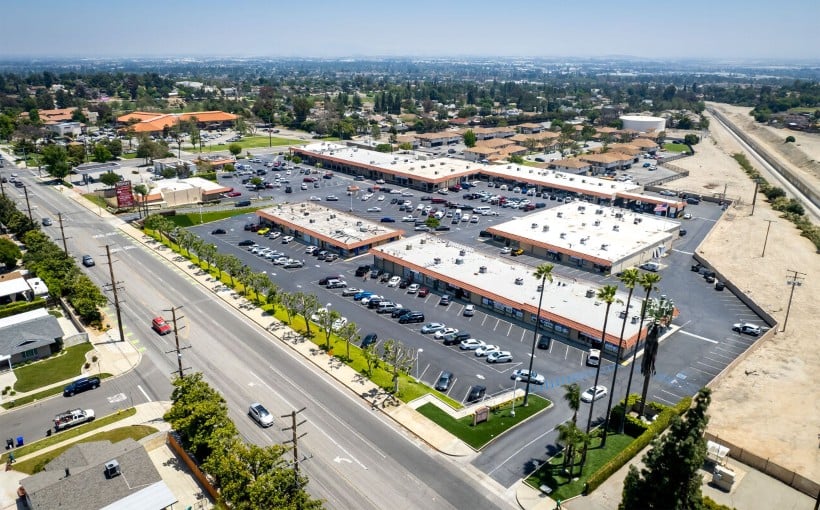There are more effective ways to approach the issue of climate change and its associated dangers than relying on one-size-fits-all solutions. Unfortunately, when discussing this topic, risk mitigation often focuses solely on these types of solutions.
Cushman & Wakefield’s “Climate Risk—Global Cities Outlook” takes a comprehensive look at the impact of global warming on 100 cities around the world, including potential hazards and strategies for mitigating them.
The Risks Posed by Climate Change
Many industries, including commercial real estate, are already familiar with the risks posed by ongoing climate change. For those who may not be aware of these risks, recent headlines about Typhoon Krathon in Taiwan and Hurricane/Tropical Storm Helene in southeastern United States serve as stark reminders. And these two storms only scratch the surface; there are also other hazards such as droughts and wildfires to consider.
In addition to causing destruction to life and property, climate change has also led to increased insurance premiums and productivity loss. The report also notes that it could have a significant impact on asset values going forward. From a commercial real estate perspective specifically, this could result in decreased demand from tenants or investors who may be more cautious due to potential risks.
Not All Risks Are Equal
One key takeaway from Cushman & Wakefield’s report is that while all cities face some level of risk from acute events like flooding or extreme weather conditions caused by climate change , their exposure can vary greatly depending on location . For example , coastal cities or those located near major waterways may be at higher risk for flooding compared to inland areas . However , even inland locations can still experience severe impacts ; for instance , Tropical Storm Helene caused extensive flooding damage in Asheville,North Carolina despite being far away from any coastlines .
To mitigate flood-related risks specifically , measures such as dams,wetlands,and overflow canals have been implemented successfully in many communities.However,in cases where flooding is not a common occurrence (such as in Asheville),these types of protections may be lacking, leading to more significant and longer-lasting impacts.
While all cities are likely to experience changes in climate-related hazards , the report breaks them down into three categories:
1. Cold: Cities with low exposure to cold weather will likely see little change, while those that currently experience colder temperatures may see fewer cold days overall. However,the report notes that all cities will become hotter due to climate change; the starting point for each city just varies.
2. Flood: Nearly every city could face an increased risk of flooding due to climate change . While areas already prone to frequent floods may not see much difference , locations previously unaffected by this hazard could suddenly find themselves at higher risk if they lack proper preparedness and protection measures .
3.Wildfire/precipitation : Many cities are expectedto experience more frequent droughts as a result of changing precipitation patterns caused by global warming.This can leadto an uptick in wildfires and also make storm events occur more frequently.Southern Europe,in particular,is facing increased heat exposure which makes it vulnerableto both droughtsand wildfire risks.Asia Pacific is also anticipatedtoseean increasein storm events.
The Good News?
Although the potential hazards associated with climate change are concerning,Cushman & Wakefield’s analysts did identify some positive aspects among these challenges.For example,not all risks pose catastrophic threats,and many cities have already implemented mitigation strategies.Additionally,some regions have taken proactive steps towards mitigating their vulnerability.
However,it is still crucial for individuals and organizations alike totake these risks seriously.The focus should be on understandingthe specific leveland typeofhazardsaffecting your assets or portfolio,and how theymay impact you going forward .
Recommendations from Cushman & Wakefield
To help real estate owners and investors navigate through these complex issues,the report offers several recommendations:
1.Conduct a detailed risk assessment for your assets and portfolio.
2. Familiarize yourself with government-led mitigation measures in the areas where you have investments or properties.
3.Identify any high-risk issues or assets within your portfolio.
4.Make operational changes and consider capital upgrades to better protect your real estate from potential hazards caused by climate change.




